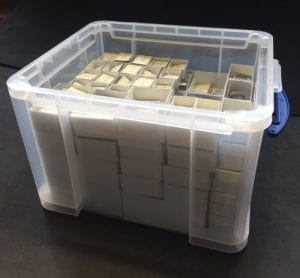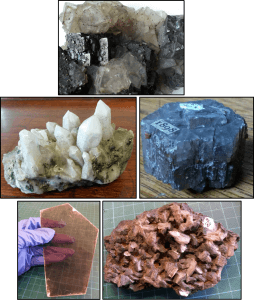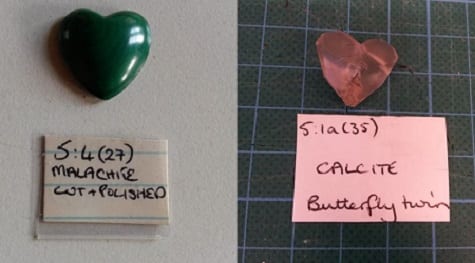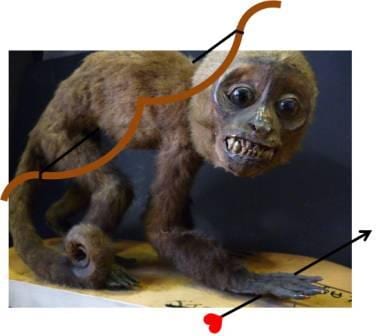The Giant Ammonites of the Jurassic Seas (… and UCL)
By Ruth Siddall, on 19 December 2017
I am once again delighted to be invited to write a guest blog for UCL’s Grant Museum of Zoology, and this one is about the extraordinarily large ammonites encountered in Portland Limestone. As avid readers of former Grant Musuem Curator Mark Carnall’s ‘cephalopod column’ in The Guardian will already be aware, cephalopods are a group of marine molluscs and amongst them live and lived the giants of the invertebrate world. Represented today by octopuses, squids, cuttlefishes and nautiluses, and extinct taxa represented by ammonoids and belemnoids, cephalopods have been a dominant invertebrate species in our seas since the Ordovician, 480 million years ago.
We have all heard of the giant squid, the somewhat shadowy and rarely observed Architeuthis dux which can reach lengths of up to 13 m, but this is not the only example of gigantism in cephalopods. Indeed, it is something that occurs regularly in this group throughout the fossil record. Although evidence exists for fossilised giant squid, these are rare as the soft-bodied animals do not preserve well. However nautiloids, ammonoids and belemnoids with their hard shells do preserve very well. (more…)
 Close
Close










